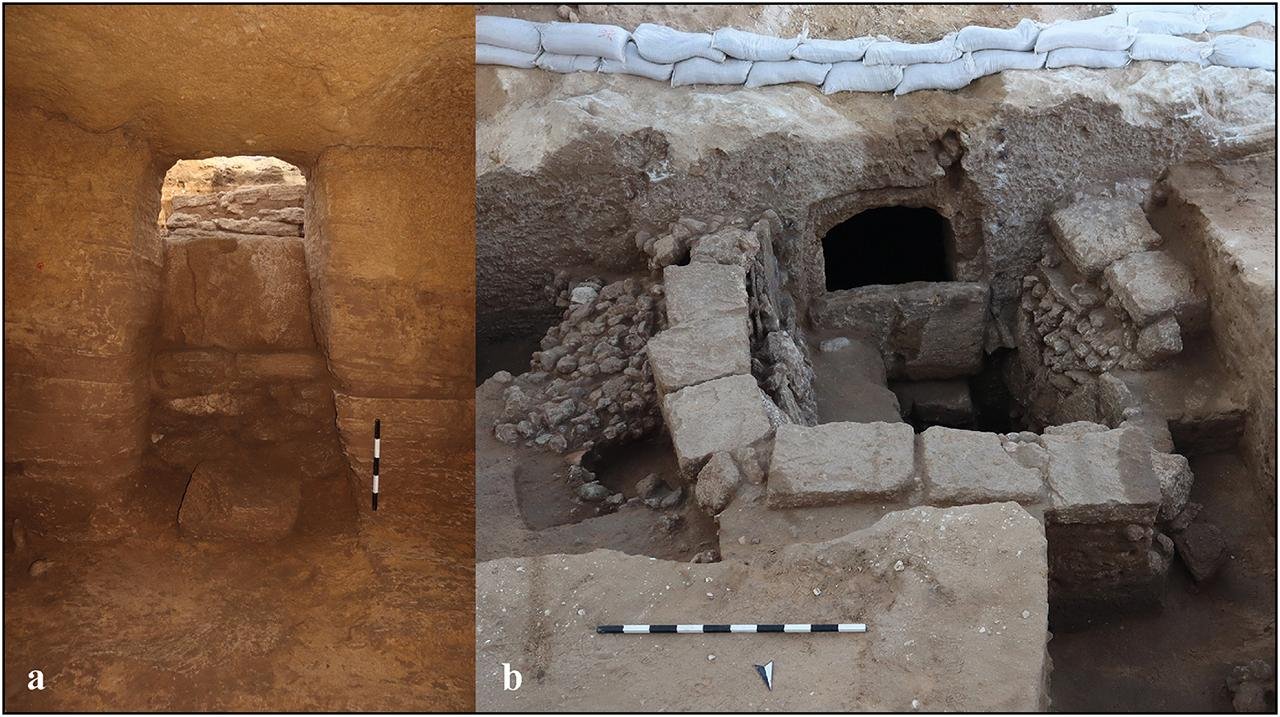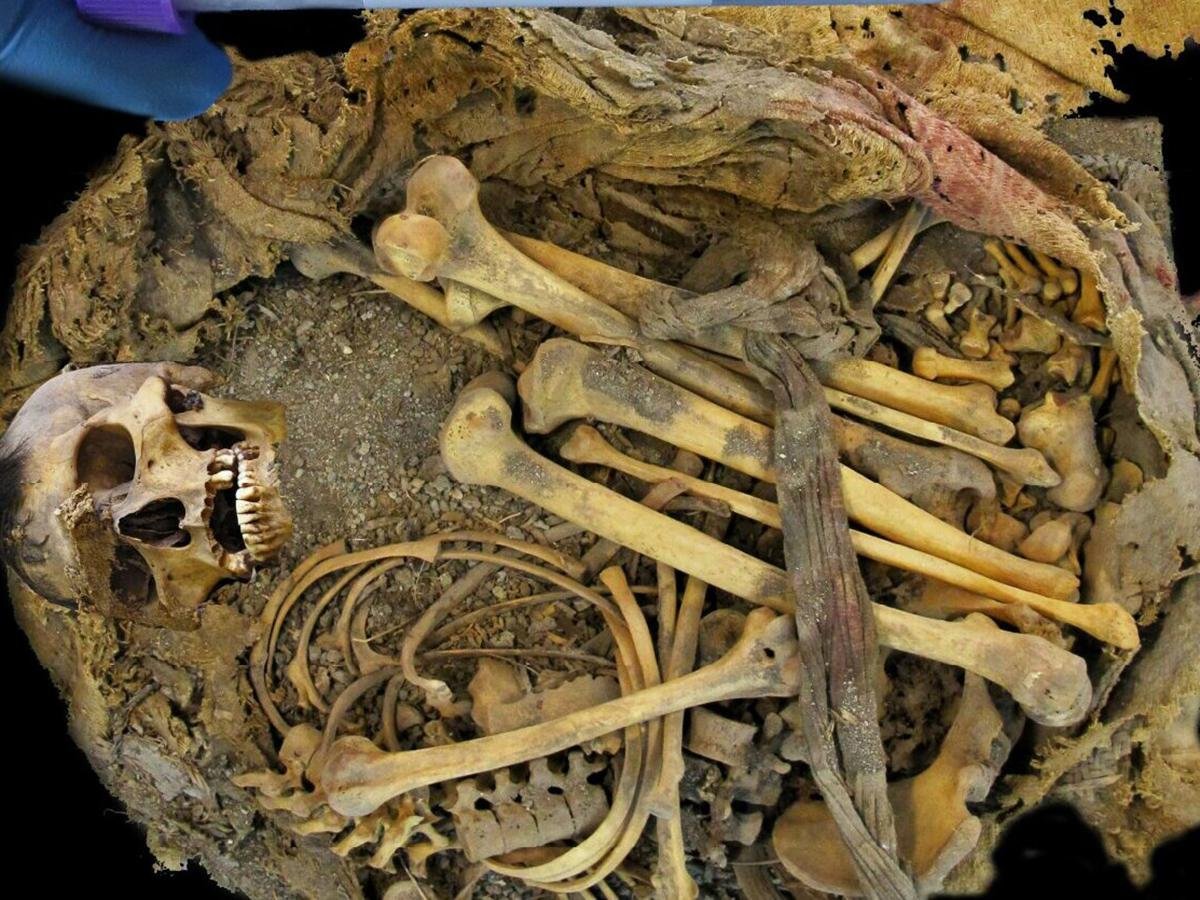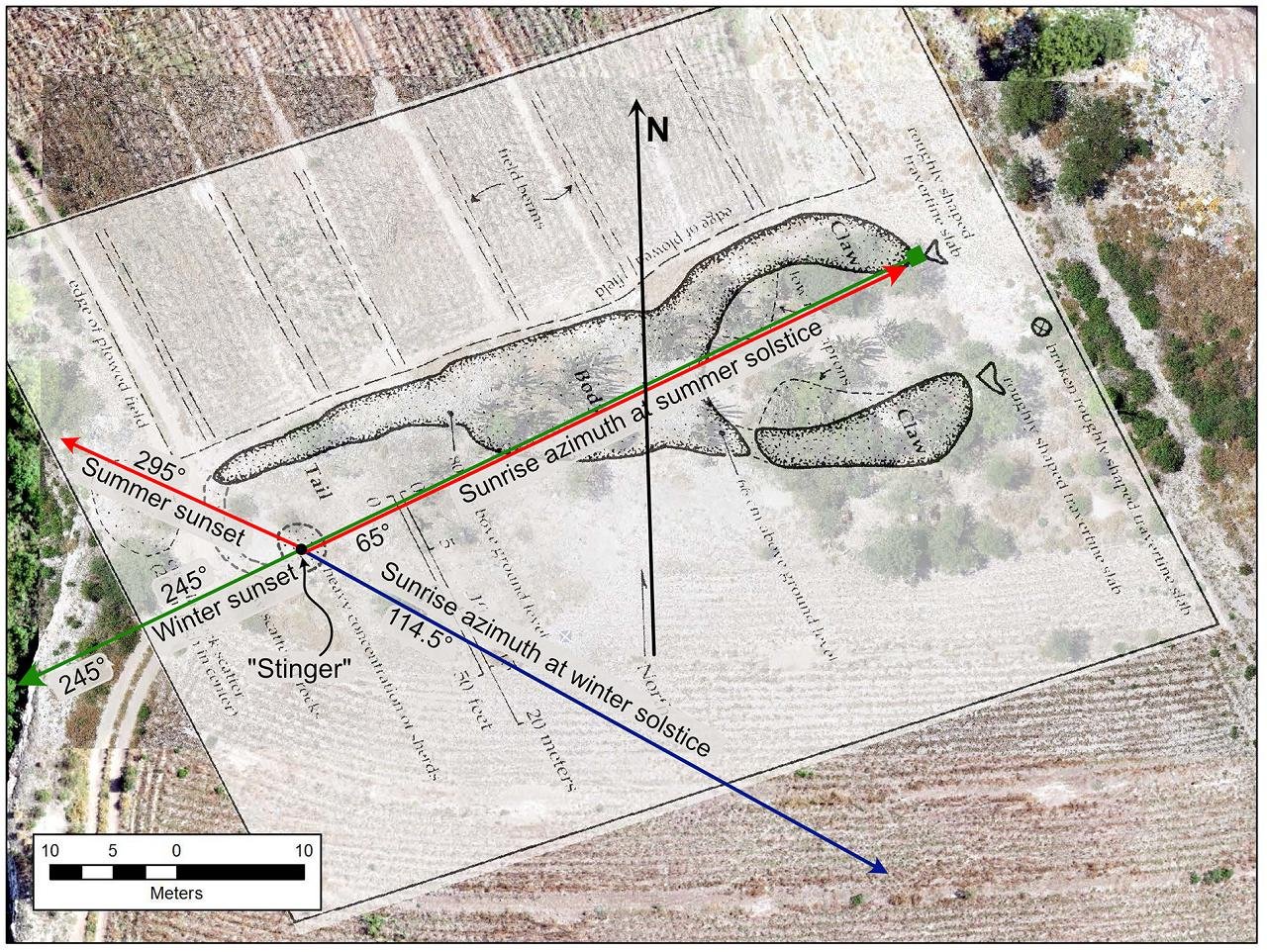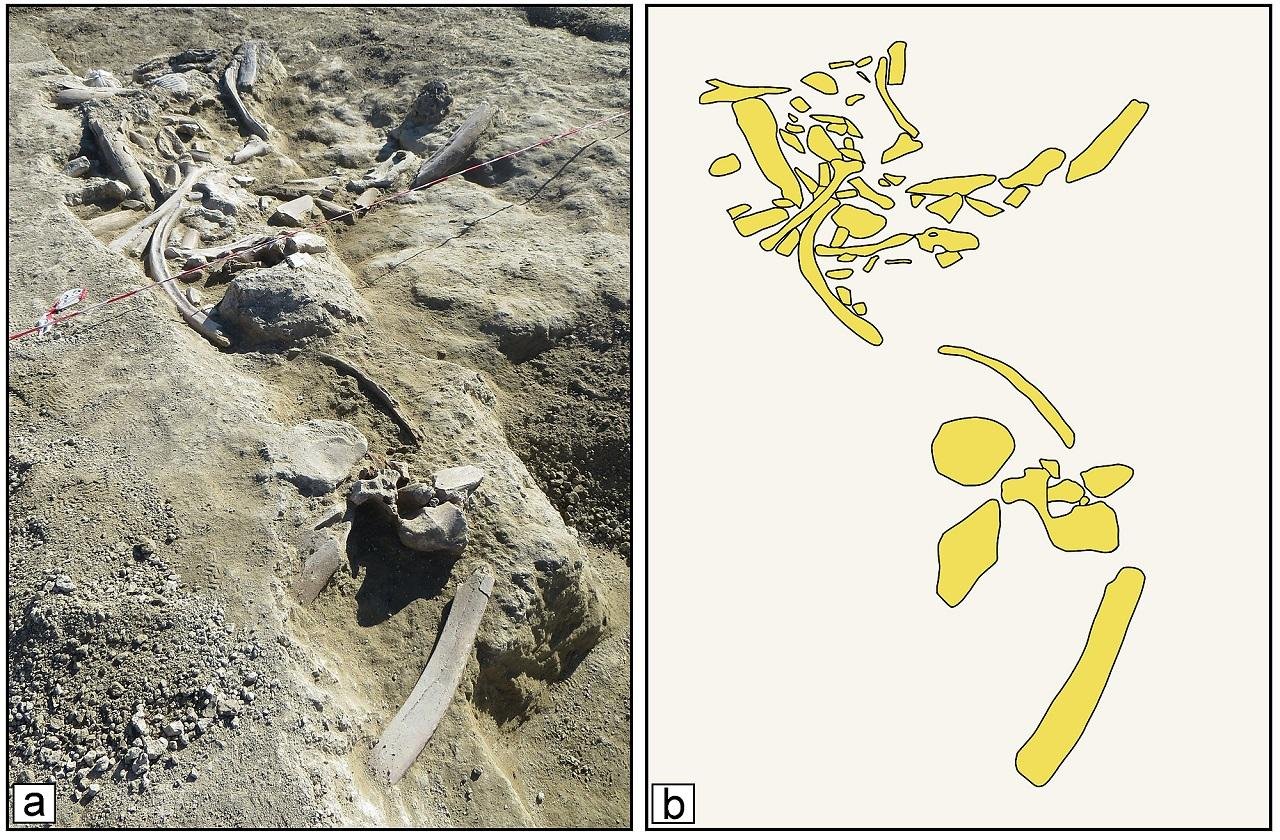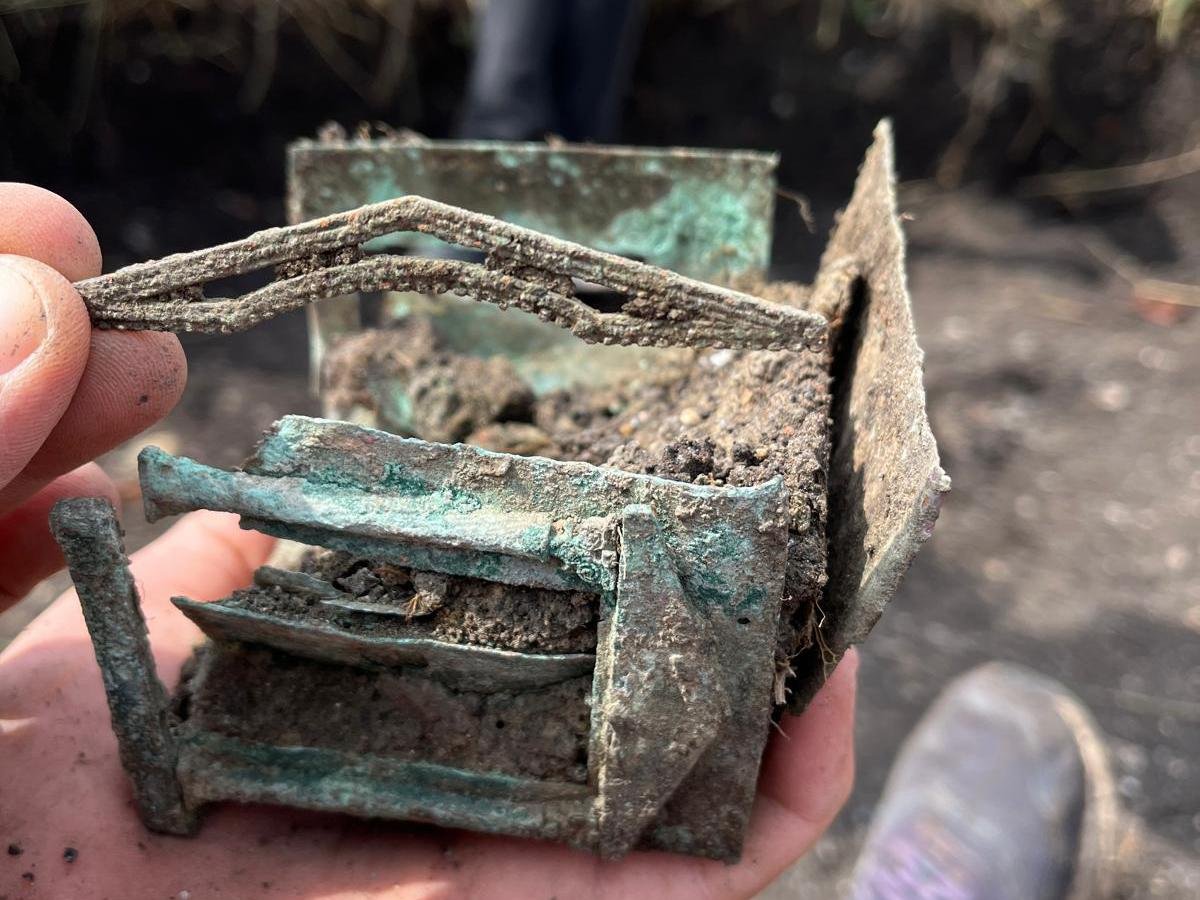A man hunting for fishing worms near his summer house in the Stockholm area has made an amazing discovery: a large hoard of silver coins and jewelry from the early Middle Ages. The hoard, weighing around six kilograms (13 pounds), consists of thousands of silver coins mixed with rings, pendants, and beads.
 A selection of coins and other silver objects found in the silver hoard in the Stockholm area. Credit: Stockholm County Administrative Board
A selection of coins and other silver objects found in the silver hoard in the Stockholm area. Credit: Stockholm County Administrative Board
The finder immediately informed the Stockholm County Administrative Board, which began an archaeological excavation of the site. The hoard is described by experts as unusually large and well-preserved. The items were placed in a copper cauldron that has mostly decayed over the centuries.
“This is likely one of the largest silver hoards from the early Middle Ages ever found in Sweden,” Sofia Andersson, an antiquarian at the County Administrative Board, said in a statement. “We don’t know how many coins there are yet, but I think it could be as many as twenty thousand.”
Preliminary analysis shows that most of the silver coins date back to the 12th century. Some bear the inscription “KANUTUS,” which is the Latin name of Knut, meaning they were minted during the reign of Swedish King Knut Eriksson, who ruled from 1173 until about 1195.
 Close-up of some of the coins, part of the medieval silver treasure discovered in the Stockholm area. Credit: Stockholm County Administrative Board
Close-up of some of the coins, part of the medieval silver treasure discovered in the Stockholm area. Credit: Stockholm County Administrative Board
Among them are also several of the rare “bishop’s coins.” These were struck under the authority of medieval bishops and typically depict the image of a bishop holding a crosier, the staff that symbolized his religious office. Their presence adds to the discovery’s historical significance.
Archaeologists believe the treasure was buried during a period of unrest in the late 12th century, when Sweden was expanding its control into Finland. The treasure may have been buried for safekeeping and never recovered.
Interestingly, Stockholm itself did not yet exist when this hoard was buried. The city was not officially founded until 1252, several decades later, and did not grow to become Sweden’s largest city until the late 13th century.
 Bishop’s coin. The coin depicts a bishop holding a crosier in his right hand. Credit: Stockholm County Administrative Board
Bishop’s coin. The coin depicts a bishop holding a crosier in his right hand. Credit: Stockholm County Administrative Board
The site and the artifacts are now being documented and analyzed by archaeologists. For security reasons, the exact location of the find is not being publicly disclosed until the analysis is complete. The County Administrative Board will report the discovery to the Swedish National Heritage Board, which will decide whether the state will claim the treasure, meaning the government will compensate the finder for its value.
Officials commended the finder for honestly reporting the hoard. Under Sweden’s Cultural Environment Act, the person who finds ancient objects made of precious metal must offer the state the opportunity to acquire them for payment.
